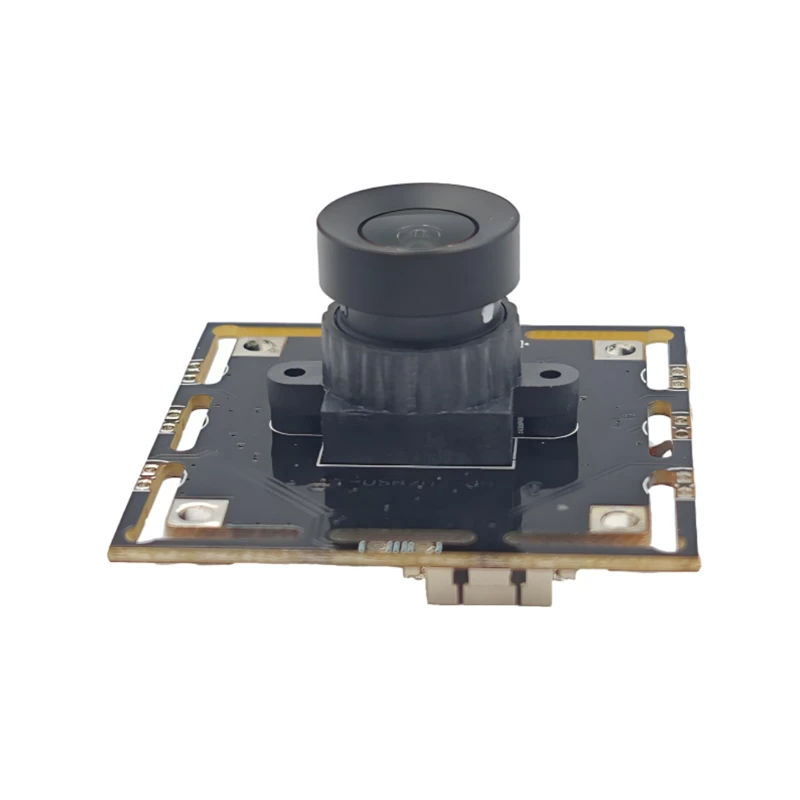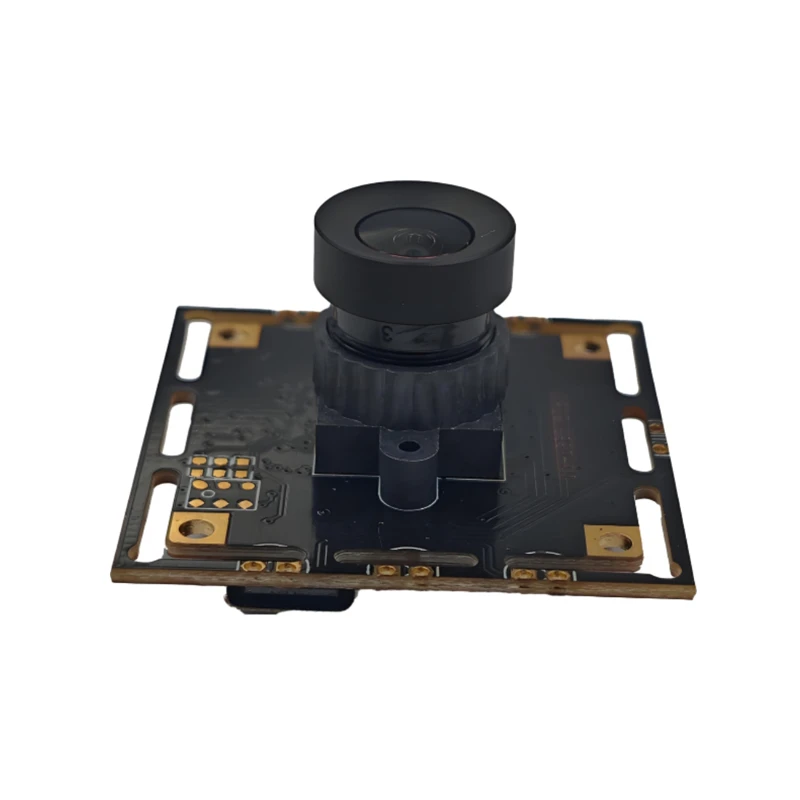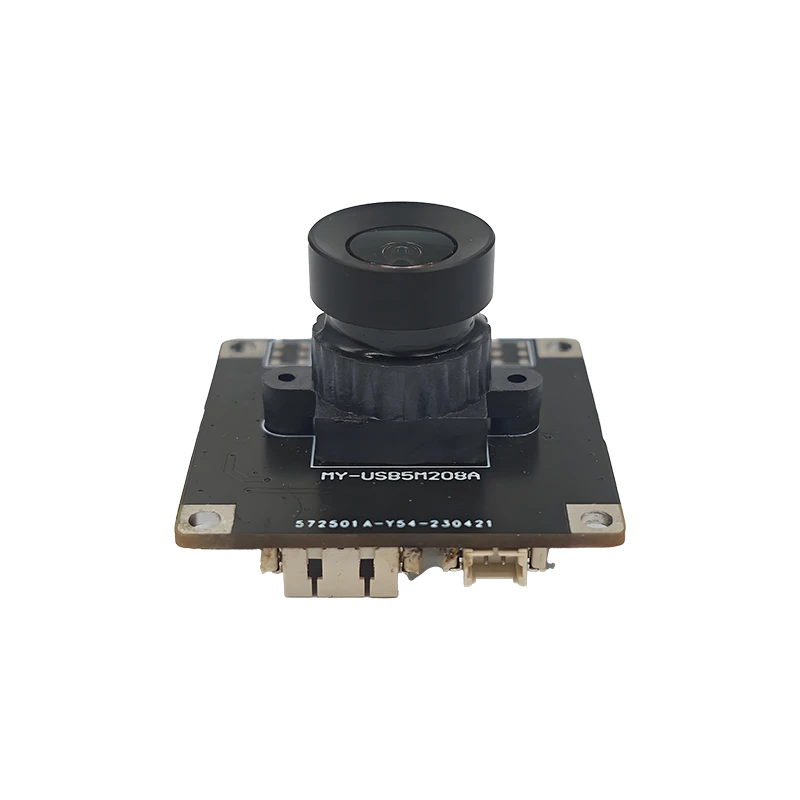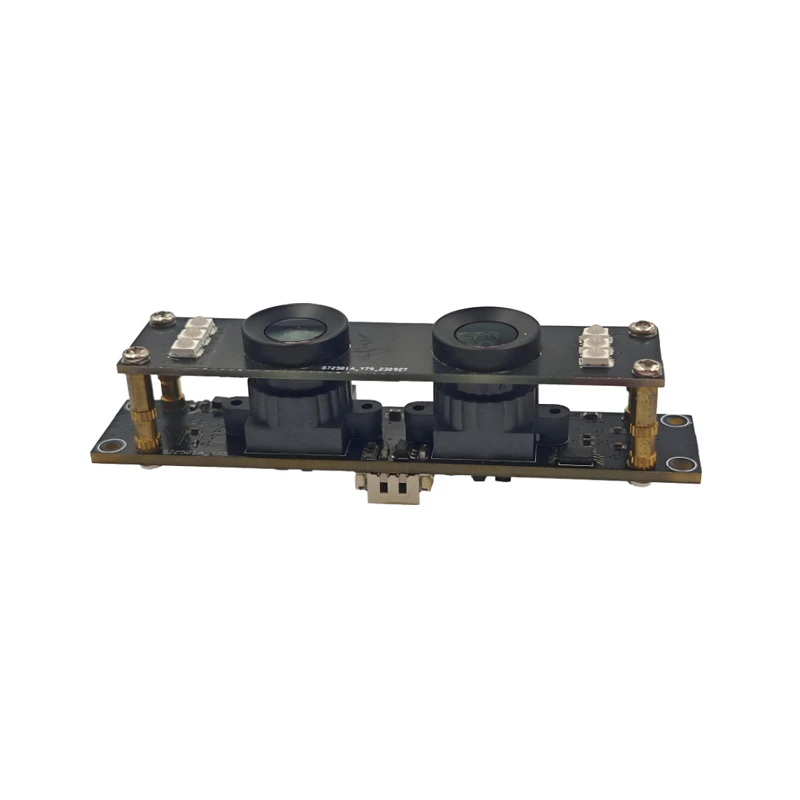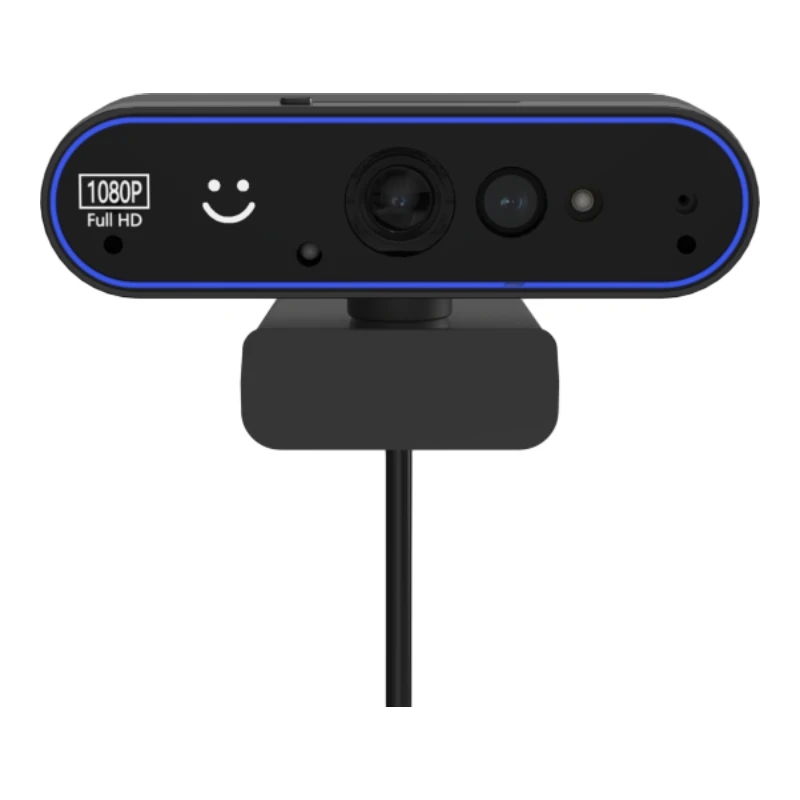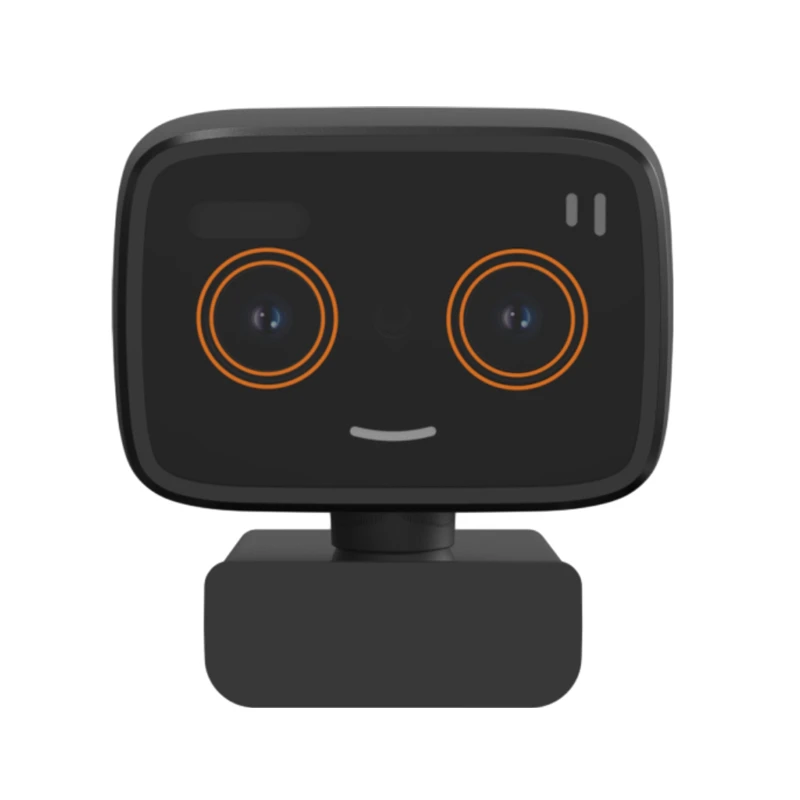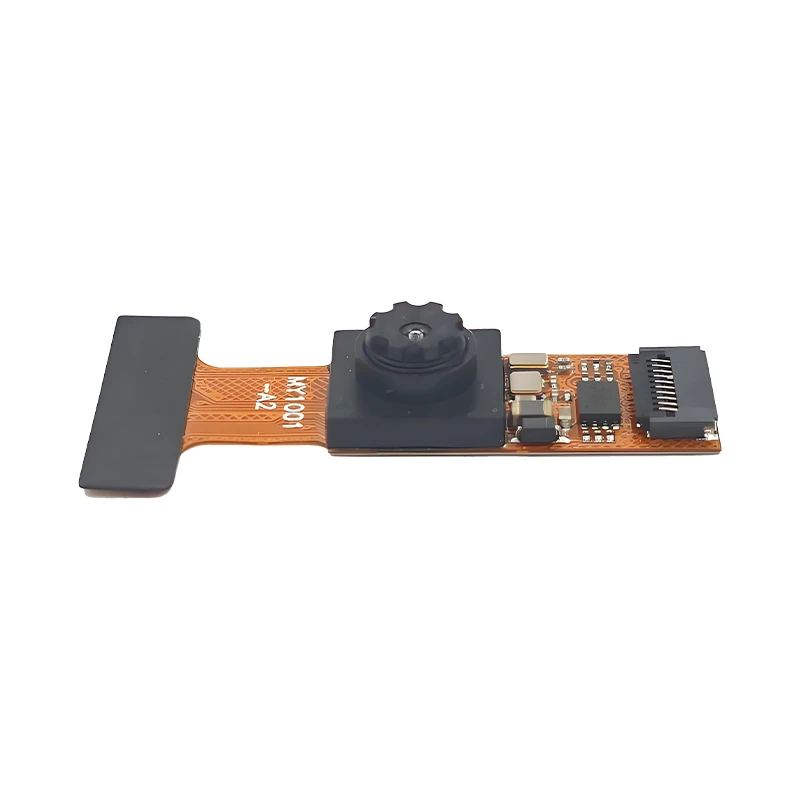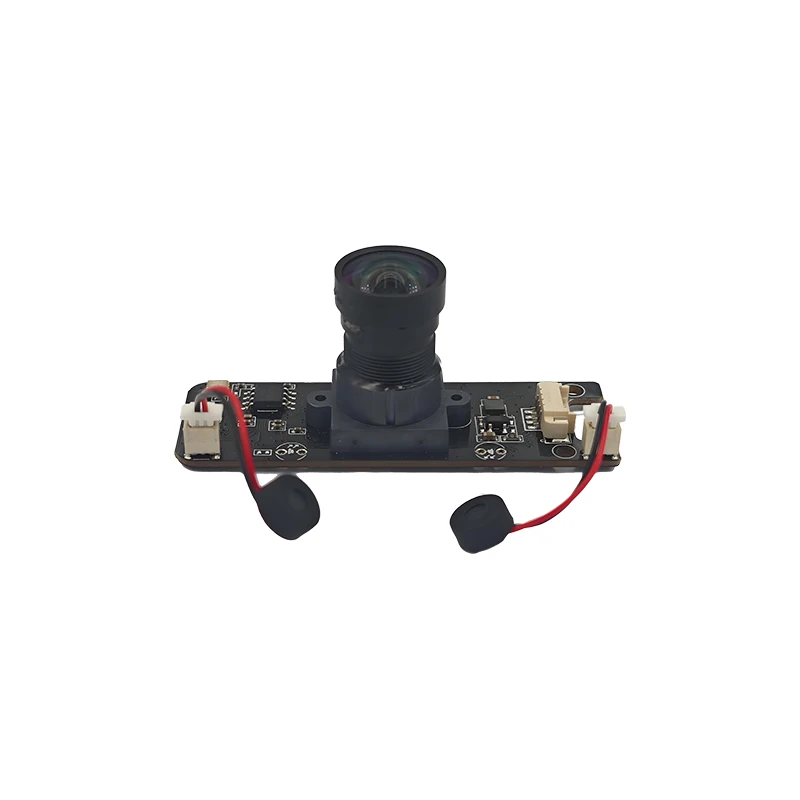Jul . 08, 2025 11:10 Back to list
Best Raspberry Pi Camera Module Resolution V2 & High Resolution USB Camera Module Solutions
- Understanding Raspberry Pi Camera Module Resolution
- Technical Advantages and Sensor Innovations
- Comparing Popular Camera Modules: Data Table Analysis
- High-Resolution USB Camera Modules: Capabilities Decoded
- Customization Solutions for Industry and Research
- Real-World Application Cases
- Future Trends in Raspberry Pi Camera Module Resolution
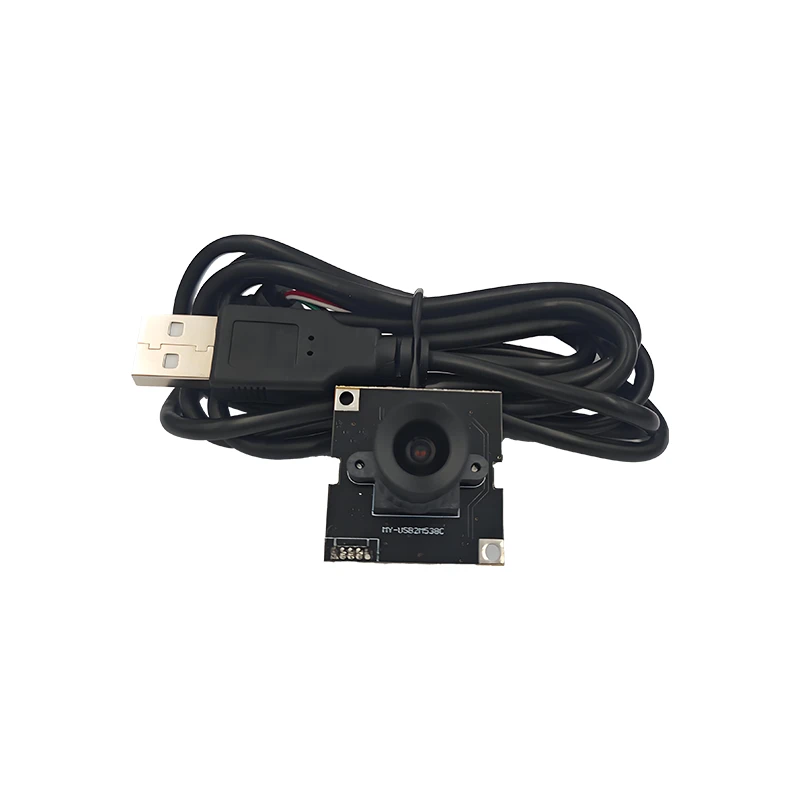
(raspberry pi camera module resolution)
Understanding Raspberry Pi Camera Module Resolution
The concept of resolution is foundational when evaluating digital imaging, and it becomes especially significant with compact hardware such as the Raspberry Pi camera module. Resolution refers to the pixel dimensions the sensor can capture, directly impacting image sharpness, clarity, and suitability for tasks from machine vision to professional photography. The original Raspberry Pi camera modules launched with a modest 5-megapixel resolution, but rapid technological advancements have seen this leap significantly. By 2021, the Raspberry Pi Camera Module V2 featured a Sony IMX219 sensor offering 8 megapixels (3280 x 2464 pixels), catering to increasingly demanding applications in robotics, surveillance, and scientific research. High-resolution USB camera modules now rival these capabilities, offering 12MP or greater with advanced onboard processing. Understanding the resolution and its implications for your project is essential for optimal hardware selection, whether you require detailed image data, wide field detection, or efficient streaming.
Technical Advantages and Sensor Innovations
Modern camera modules engineered for the Raspberry Pi bring substantial technical improvements over earlier models. Upgrades in sensor design, quantum efficiency, and manufacturing precision have enabled modules like the IMX477 to achieve 12.3-megapixel performance at 4056 x 3040 resolution. This pixel density unlocks finer details, reduces digital noise under low light, and supports smoother frame rates with rich color fidelity. For IoT deployments, professional laboratories, or AI-driven projects, such advancements mean more reliable detection, recognition, and real-time analysis. Furthermore, integrated infrared (IR) sensitivity, global shutter options, and improved lens systems have diversified use cases, making these modules robust tools for scientific imaging, automation lines, or outdoor surveillance. The technical leap is not simply in raw resolution, but in the harmonization of optical precision, data throughput, and hardware flexibility.
Comparing Popular Camera Modules: Data Table Analysis
Transparent specification comparison is fundamental in product selection for embedded vision solutions. The following table summarizes and contrasts key metrics of highly used camera modules:
| Camera Module | Sensor Type | Max Resolution | Frame Rate (Max) | Interface | Special Features |
|---|---|---|---|---|---|
| Raspberry Pi Camera Module V2 | Sony IMX219 (CMOS) | 8MP (3280×2464) | 30fps (1080p) | MIPI CSI-2 | Small footprint, Fixed focus |
| Raspberry Pi High Quality Camera | Sony IMX477 (CMOS) | 12.3MP (4056×3040) | 50fps (1080p) | MIPI CSI-2 | Interchangeable lens, Manual focus |
| High Resolution USB Camera Module | Sony IMX258, IMX335 (CMOS) | 13MP (4208×3120) | 30fps (1080p) | USB 3.0/2.0 | Plug-and-play, Global shutter variants |
| Arducam Mini Module for Pi | OmniVision OV5647 | 5MP (2592×1944) | 30fps (1080p) | SPI/CSI-2 | Compact, Embedded use |
This comparison underscores how higher-resolution modules support diverse operational requirements. The Raspberry Pi camera module V2 offers an excellent balance for budget and standard applications, while the IMX477-powered High Quality Camera and USB-based modules deliver enhanced detail and flexibility for professional imaging tasks.
High-Resolution USB Camera Modules: Capabilities Decoded
Transitioning from board-specific cameras to high-resolution USB camera modules can open new horizons for developers and integrators. These modules often utilize advanced sensors (such as the Sony IMX258 or IMX335), supporting 13MP or more, with on-chip HDR, high frame rates, and excellent low-light performance. USB 3.0 communication further ensures high-bandwidth transfer, making them excellent choices for machine vision, remote medicine, or broadcast-quality video streaming. Compared to fixed-interface modules, USB variants embrace plug-and-play compatibility across devices and operating systems, empowering rapid prototyping and field deployment. Their global shutter models also enable accurate imaging of fast-moving subjects, vital for industrial inspection or scientific high-speed photography. By reducing bottlenecks in image acquisition and broadening compatibility, USB camera modules address modern image processing challenges with exceptional resolution and adaptability.
Customization Solutions for Industry and Research
Enterprises and research institutes frequently require camera module customization tailored to niche application demands. Manufacturers now provide bespoke solutions regarding sensor selection, lens system, board layout, and connectivity protocol. For instance, PCB form factors can be adapted for embedded board integration, and custom-fitted optics (from wide-angle to macro) elevate data collection performance. Firmware and software drivers may be fine-tuned for real-time computer vision tasks or multi-camera synchronization. Industrial clients might specify ruggedized casings and extended temperature tolerances, while medical applications can benefit from sterile, compact builds. Emerging trends such as fused multispectral imaging or AI-accelerated onboard processing are further examples of how customization transforms the value proposition of high-resolution camera modules for both Raspberry Pi and other platforms. These bespoke design pathways accelerate deployment, future-proof investment, and enable those unique use cases beyond generic off-the-shelf capabilities.
Real-World Application Cases
The adaptability of high-resolution Raspberry Pi and USB camera modules has been proven across numerous sectors. In smart agriculture, imaging sensors with 8MP+ resolution have been deployed for plant health monitoring, enabling early detection of disease patterns through AI-driven analysis. Warehousing and robotics utilize the increased clarity and frame rates provided by IMX477 cameras for object recognition and sorting automation, reducing misclassification rates by over 35%. In medical diagnostics, USB 13MP modules support digital pathology by capturing high-fidelity slide images integral to neural network training. Additionally, wildlife researchers deploy compact modules for unobtrusive monitoring, capturing bursts of 12MP stills in challenging lighting. These real-world case studies highlight how high sensor resolution directly contributes to breakthroughs in efficiency, safety, and new knowledge generation, reshaping expectations in both common and specialized applications.
Future Trends in Raspberry Pi Camera Module Resolution
As imaging technology continues its rapid evolution, future trends in raspberry pi camera module resolution
point towards even sharper advances. Expect to see increased adoption of stacked and back-side-illuminated (BSI) sensor architectures, pushing towards true 16MP and 4K video resolutions with superior noise reduction. Miniaturized autofocus systems and hardware-accelerated AI co-processors are anticipated to enhance both capture quality and application intelligence. Interoperability will mature, with modular camera platforms bridging Raspberry Pi, USB, and even wireless interfaces natively. These technological leaps promise greater creative and functional freedom for developers and researchers, reinforcing the pivotal role of raspberry pi camera module resolution in next-generation vision solutions.
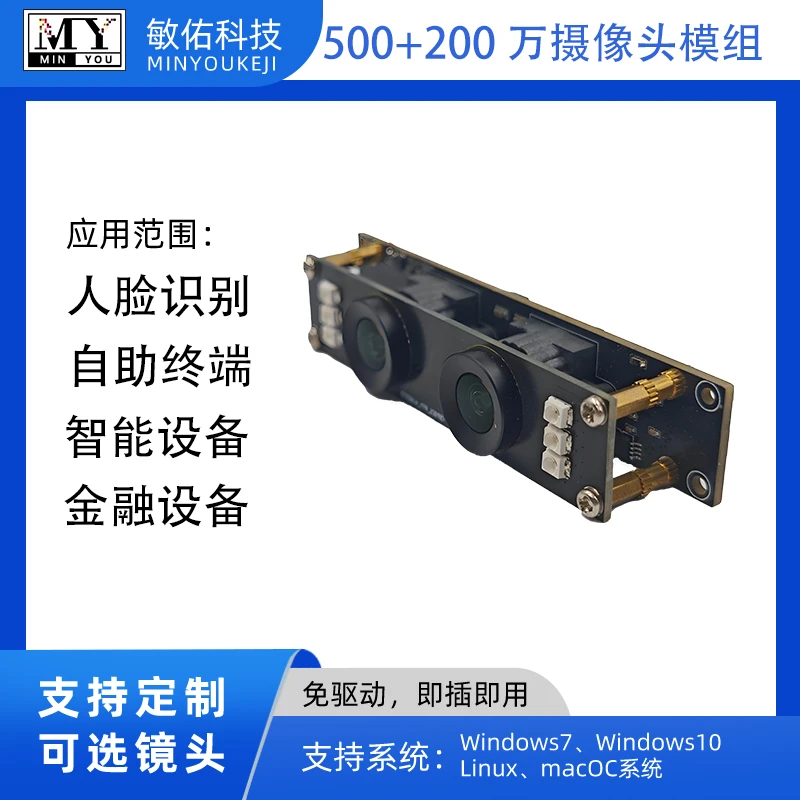
(raspberry pi camera module resolution)
FAQS on raspberry pi camera module resolution
Q: What is the maximum resolution of a Raspberry Pi Camera Module?
A: The maximum resolution depends on the camera version. The Raspberry Pi Camera Module v2 offers 8 megapixels (3280 × 2464 pixels). Newer modules like the HQ Camera can reach even higher resolutions.Q: What resolution does the Raspberry Pi Camera Module v2 support?
A: The Raspberry Pi Camera Module v2 supports still images at 3280 × 2464 pixels. For video, it can record 1080p30, 720p60, and 640x480p90. This makes it suitable for most general-purpose applications.Q: Can I use a high-resolution USB camera module with a Raspberry Pi?
A: Yes, Raspberry Pi supports high resolution USB camera modules using the USB port. Many USB cameras with resolutions like 1080p (1920x1080) or higher are compatible via plug-and-play. Just ensure the camera is UVC compliant for best performance.Q: How do I change the resolution output of my Raspberry Pi camera module?
A: You can adjust the resolution using command line tools likeraspistill or libcamera-still. Set the desired resolution with the --width and --height flags. This allows flexible image and video capture settings.
Q: What are the main differences in resolution between Raspberry Pi Camera Module v2 and other high resolution USB camera modules?
A: The Camera Module v2 has a set 8MP resolution, while some USB camera modules offer 12MP or higher. USB modules can provide versatility in hardware features, but may require more setup. Choose based on your resolution and connectivity needs.-
2025 Computex Taipei show (Date: 23rd.May, 2025)), our booth no.: I0602
NewsMay.23,2025
-
2025 Computex Taipei show (Date: 22nd.May, 2025)), our booth no.: I0602
NewsMay.22,2025
-
2025 Computex Taipei show (Date: 21st.May, 2025)), our booth no.: I0602
NewsMay.21,2025
-
2025 Computex Taipei show we are attending on May.20th-May23rd
NewsMay.20,2025
-
Shenzhen Minyou Digital Technology Co.,Ltd Japan branch office was set up in this month (May of 2025)
NewsMay.14,2025
-
Computex Taipei show we attended in Jun of 2024
NewsJul.20,2024



